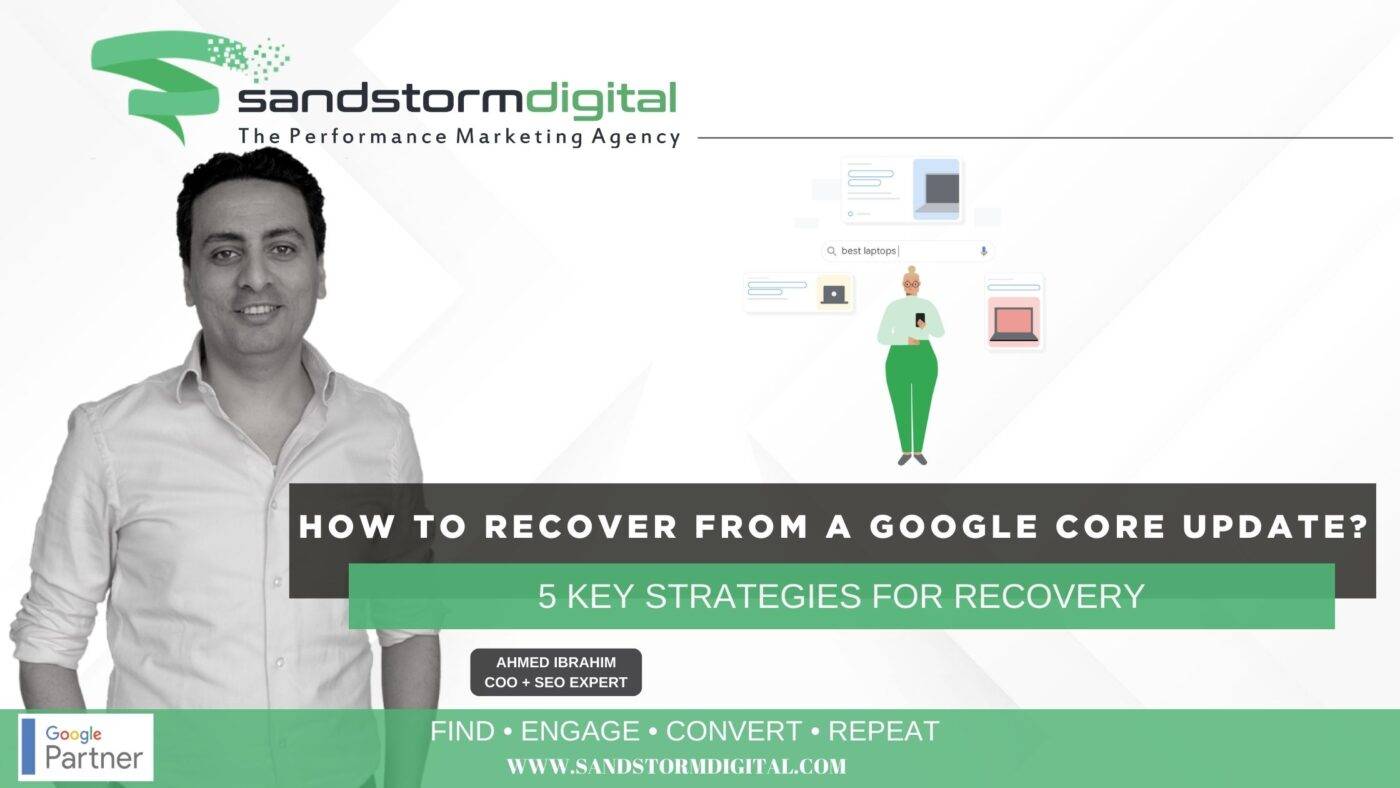We get asked this question a lot. The simple answer is to always optimize your site for people and not search engines.
Google has made it clear that they rank sites that provide the best UX and answer to their query.
Also, as per John Mueller’s advice, you should wait until the update is complete before determining if your site has truly been hit, as sometimes traffic to your site can fluctuate.
Google’s Core Updates, which roll out periodically, can have a significant impact on search rankings, leaving many website owners scrambling to recover lost traffic and rankings. Although Google is vague on what it updates, which leaves the SEO community guessing about the latest changes and trends, Google does clearly state its ranking factors which determine Search Engine Results Pages (SERP).
In this blog, we’ll explore strategies to effectively recover from a Google Core Update, with a focus on technical SEO best practices.
Understanding Google Core Updates:
Google Core Updates are broad changes to the search algorithm, designed to improve search results by delivering more relevant and authoritative content to users. These updates can impact websites across various industries and verticals, regardless of their size or niche. While Google provides limited specific details about the changes implemented in each update, SEO Experts can often identify areas of improvement based on changes in search rankings and traffic patterns.
Key Strategies for Recovery:
- Conduct a Comprehensive Site Audit:
The first step in recovering from a Google Core Update is to conduct a thorough site audit to identify any potential issues that may have contributed to the drop in rankings. This audit should encompass all aspects of technical SEO, including site architecture, on-page optimization, and backlink profile analysis. Tools such as Google Search Console, Google Analytics, and third-party SEO auditing tools can provide valuable insights into areas for improvement.
- Focus on Content Quality and Relevance:
Google places a high emphasis on content quality and relevance when determining search rankings. In the aftermath of a Core Update, website owners should review their existing content to ensure it meets Google’s standards for expertise, experience authoritativeness, and trustworthiness (E-E-A-T). This may involve updating outdated content, removing low-quality or thin content, and expanding on topics to provide comprehensive coverage.
- Enhance User Experience (UX):
User experience plays a critical role in SEO, as Google prioritizes websites that deliver a seamless and intuitive browsing experience. Website owners should prioritize optimizing site speed, mobile responsiveness, and navigation structure to enhance UX. This may involve implementing technical optimizations such as image compression, lazy loading, and minimizing render-blocking resources to improve page load times.
- Address Technical Issues:
Technical SEO issues can hinder a website’s performance in search results and may contribute to fluctuations in rankings following a Core Update. Website owners should address common technical issues such as crawl errors, broken links, duplicate content, and canonicalization issues. Implementing structured data markup, optimizing XML sitemaps, and improving internal linking can also help enhance crawlability and indexability.
- Monitor Performance and Iterate:
Recovering from a Google Core Update is an ongoing process that requires monitoring performance metrics and iterating on optimization strategies. Website owners should closely monitor changes in search rankings, organic traffic, and user engagement metrics to gauge the effectiveness of their recovery efforts. By continuously analyzing data and making data-driven decisions, website owners can adapt to algorithm changes and maintain long-term visibility in search results.
Recovering from a Google Core Update requires a strategic and holistic approach that encompasses technical SEO, content improvements, and user experience enhancements. By conducting a comprehensive site audit, focusing on content quality and relevance, enhancing user experience, addressing technical issues, and monitoring performance metrics, brands can effectively recover from the impact of a Core Update and position their sites for long-term success in search rankings.










